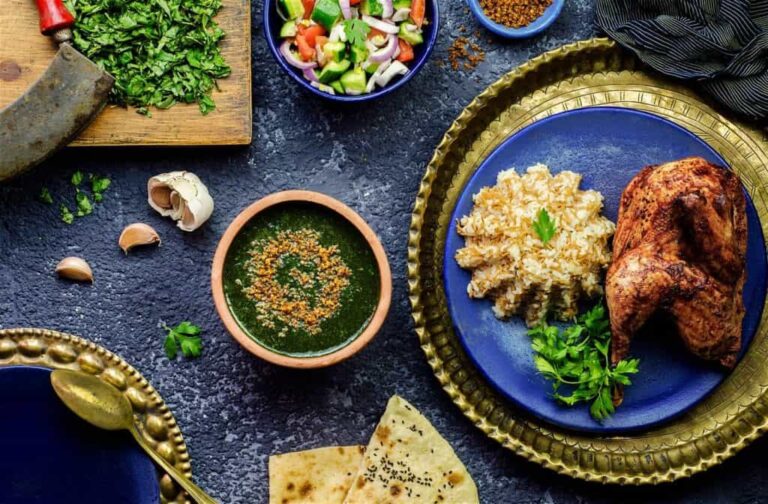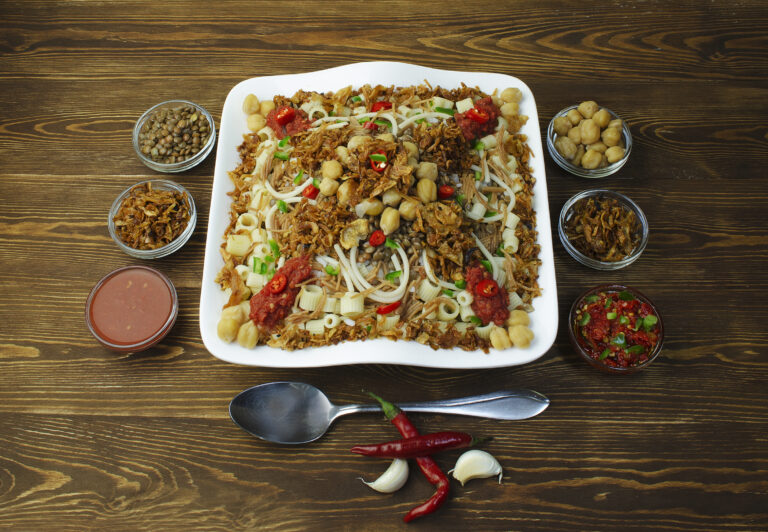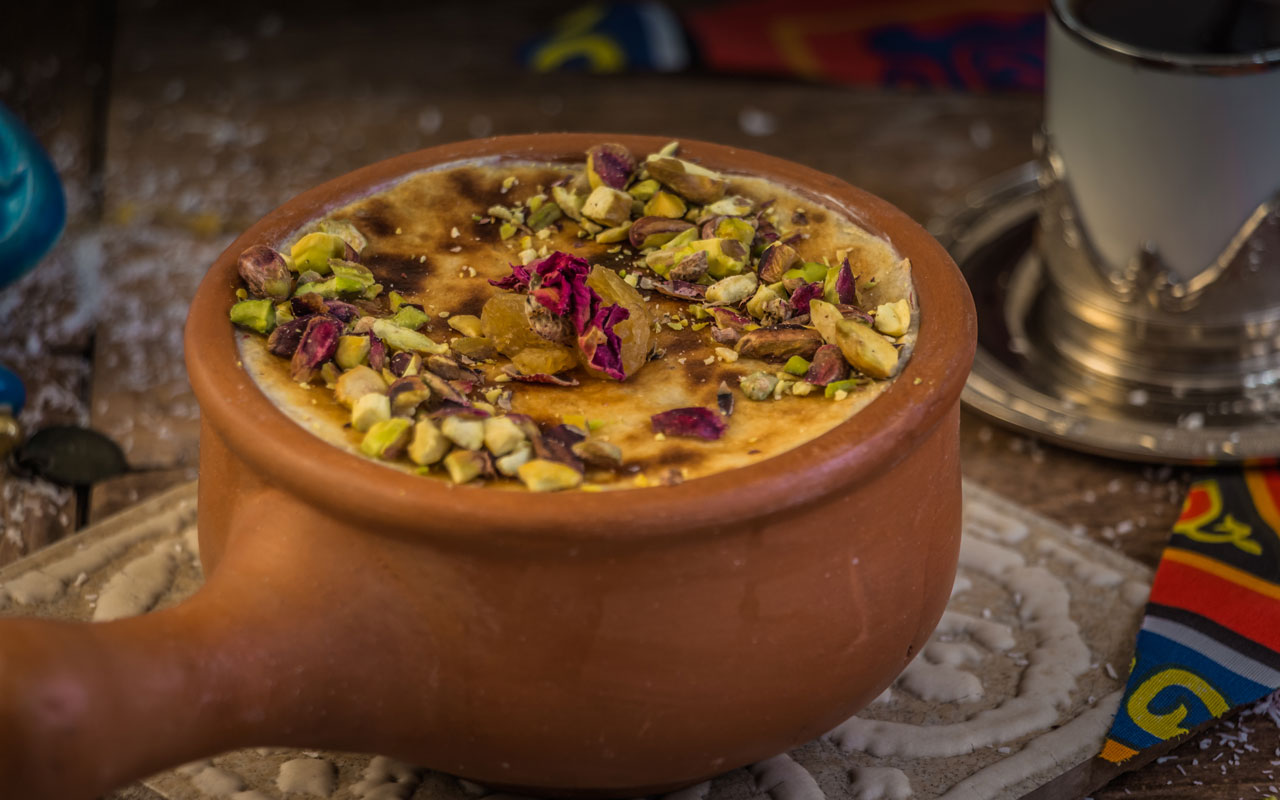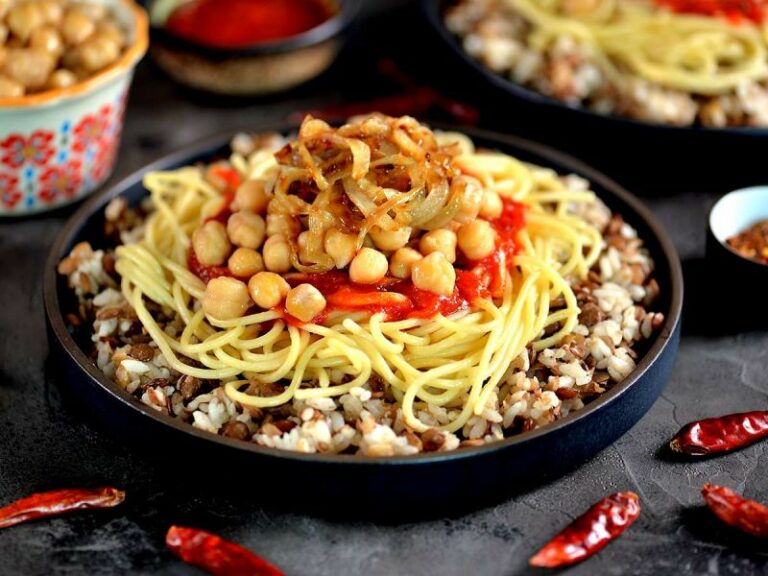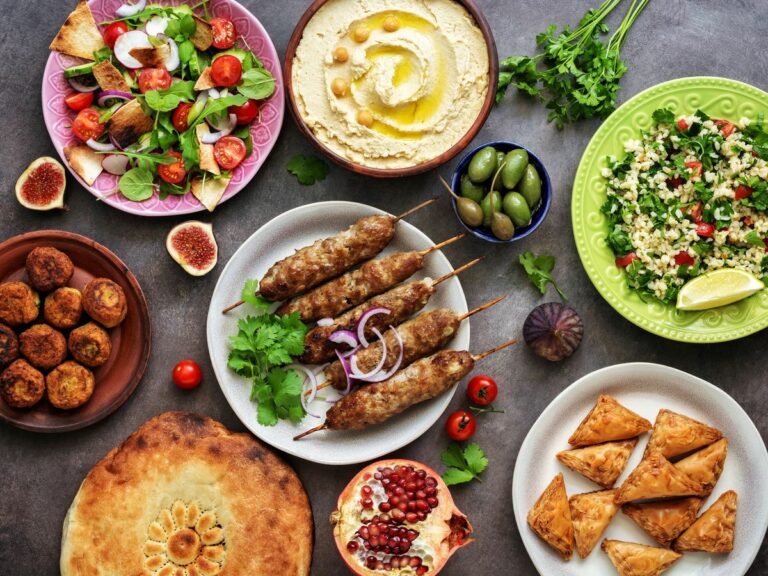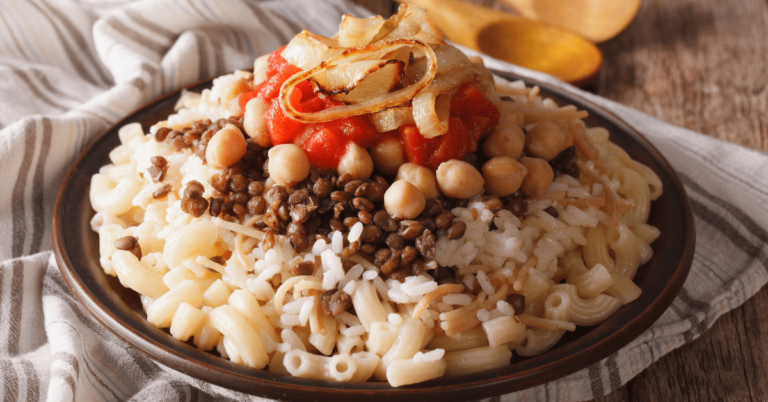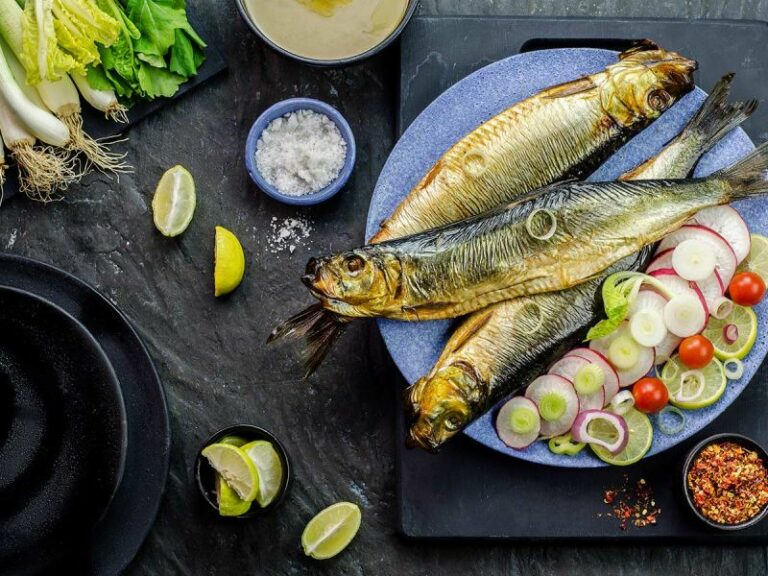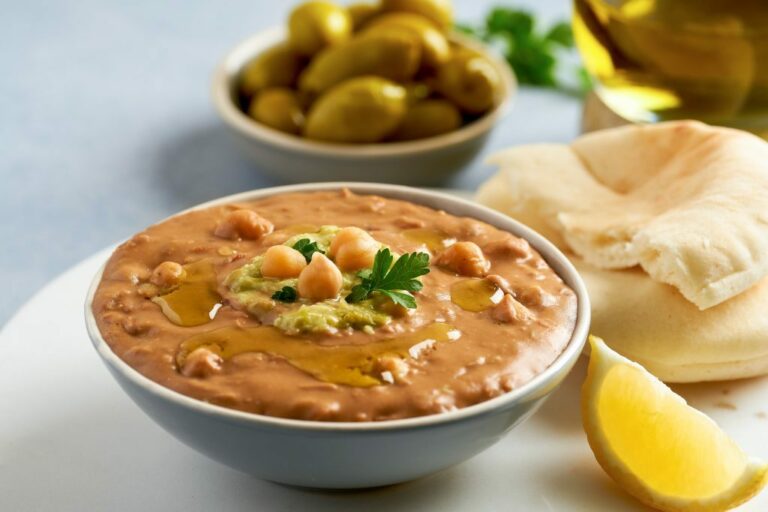Introduction: The Role of Herbs in Egyptian Cooking
Egyptian cuisine is well-known for its rich and diverse flavors. One of the key ingredients that contribute to the unique taste of Egyptian dishes is the use of herbs. Herbs like parsley and cilantro are commonly used in Egyptian cooking, adding distinct flavors, aromas, and textures to a variety of dishes. These herbs are not only used for their culinary purposes but also for their medicinal and cultural significance. In this article, we will explore the importance of herbs like parsley and cilantro in Egyptian cooking, their traditional uses, and growing and harvesting methods in Egypt.
Cilantro: A Staple in Egyptian Cuisine
Cilantro, also known as coriander, is a staple herb in Egyptian cuisine. It is used in a variety of dishes, ranging from soups and stews to dips and salads. Cilantro has a unique flavor that is both refreshing and spicy, making it a perfect complement to spicy and savory dishes. In Egyptian culture, cilantro is believed to have healing properties and is often used as a natural remedy for digestive problems and other ailments.
The Significance of Parsley in Egyptian Dishes
Parsley is another herb that is widely used in Egyptian cooking. It has a mild, slightly bitter flavor that adds depth to a variety of dishes. Parsley is commonly used in salads, stews, and soups, and is often paired with other herbs like mint and cilantro. In Egyptian culture, parsley is believed to have cleansing properties and is often used in rituals and celebrations.
Medicinal Properties of Herbs in Egyptian Cooking
Herbs like parsley and cilantro are not only used for their culinary purposes but also for their medicinal properties. In Egyptian culture, herbs are believed to have healing properties and are often used as natural remedies for various ailments. Parsley, for example, is believed to have diuretic properties, making it a natural remedy for urinary tract infections. Cilantro, on the other hand, is believed to have antibacterial and anti-inflammatory properties, making it a popular natural remedy for digestive problems and other ailments.
Traditional Uses of Herbs in Egyptian Culture
Herbs have been used in Egyptian culture for centuries, not only for their medicinal properties but also for their cultural significance. Herbs like parsley and cilantro are often used in religious ceremonies, weddings, and other cultural events. Parsley, for example, is believed to have cleansing properties and is often used in rituals before and after meals.
Growing and Harvesting Herbs in Egypt
Herbs like parsley and cilantro are commonly grown in Egypt due to the country’s favorable climate and soil conditions. These herbs are typically grown in small gardens or on farms and are harvested by hand. In Egypt, herbs are often dried and stored for later use, ensuring a constant supply of fresh herbs throughout the year.
Culinary Applications of Herbs in Egyptian Cooking
Herbs like parsley and cilantro are used in a variety of dishes in Egyptian cuisine. In salads, these herbs add freshness and texture, while in stews and soups, they add depth and flavor. Herbs are also commonly used in dips and sauces, adding a unique taste and aroma to these dishes.
Conclusion: The Ubiquitous Presence of Herbs in Egyptian Cuisine
Overall, herbs play a crucial role in Egyptian cooking, adding distinct flavors, aromas, and textures to a variety of dishes. Herbs like parsley and cilantro are not only used for their culinary purposes but also for their medicinal and cultural significance. As such, growing and harvesting herbs is an important practice in Egypt, ensuring a constant supply of fresh herbs throughout the year. Whether used for their culinary, medicinal, or cultural significance, herbs are an integral part of Egyptian cuisine and culture.

